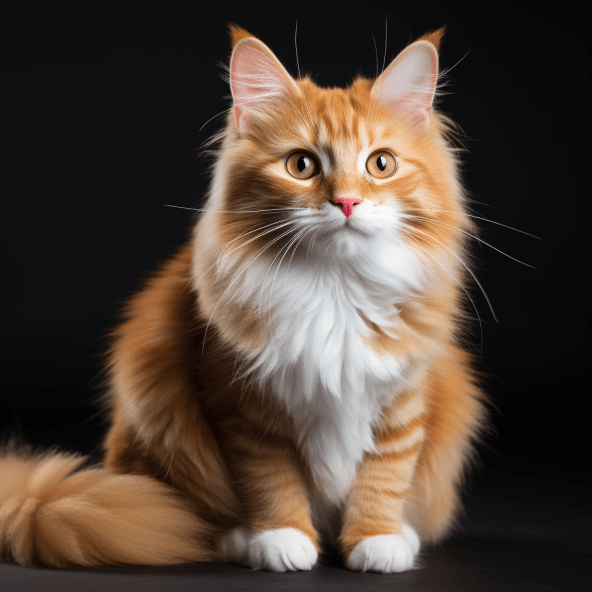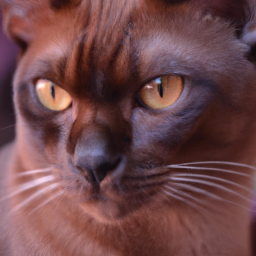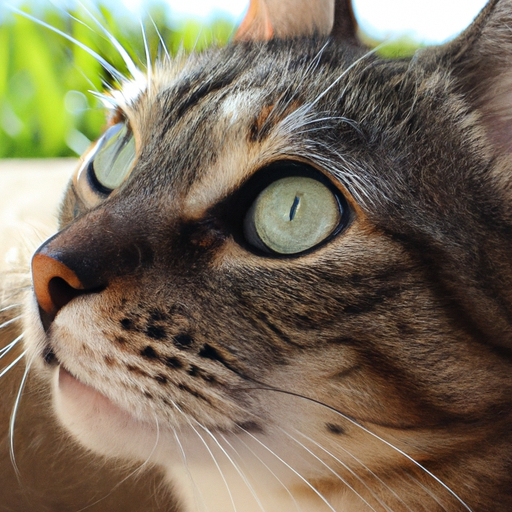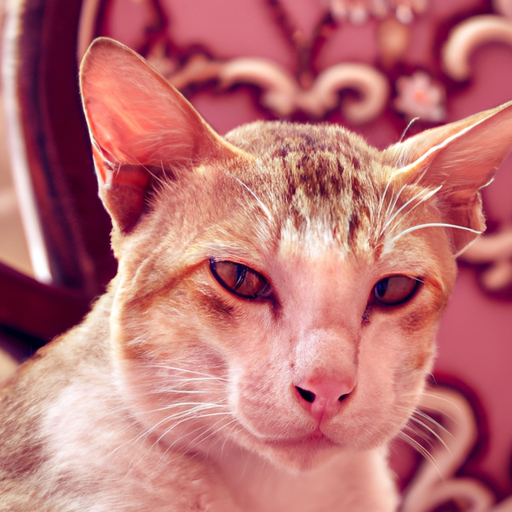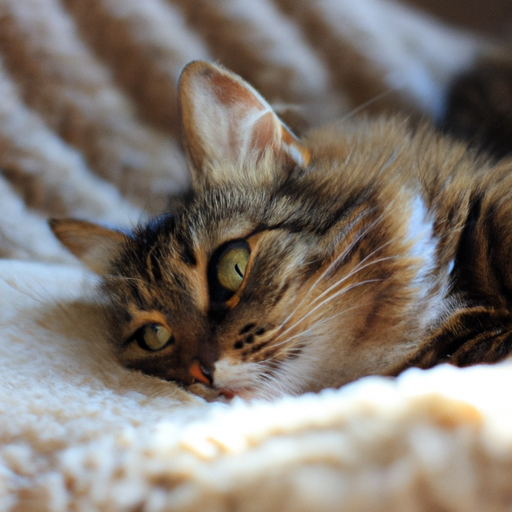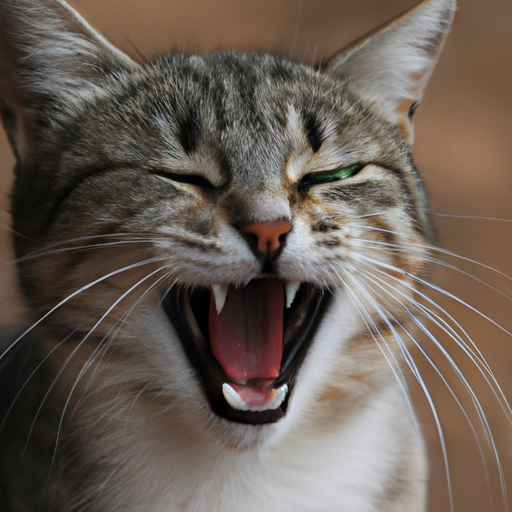Manx
In this lively conversation, we’ll be getting better acquainted with the extraordinary and delightful Manx cat breed. Outlined within this engaging resource, you’ll stumble upon the unique characteristics, exciting facts, and essential tips that make the Manx cat a breed apart in the feline world. As you navigate, you’ll encounter a trove of information that will uncover the Manx’s unparalleled qualities, extending from its tailless silhouette, playful demeanor, to its remarkable hunting skills. Armed with this knowledge, your understanding and appreciation of this remarkable cat breed will undoubtedly add another dimension to your feline fondness.
Origin of the Manx Breed
Early History
The Manx breed is a historic breed that originated on the Isle of Man, an isolated island situated in the Irish Sea, between England and Ireland. Its history is steeped in folklore and myth, with tales spread about this unusual breed traveling the seas with the Vikings or being late for Noah’s Arc, thereby losing its tail. Regardless of the tales, it’s clear that the Manx breed has been around a long time, with reports even showing them in the island as far back as the early 18th century.
Breed Development
Being on an isolated island had a significant impact on the Manx breed’s development. With a limited gene pool, genetic mutation causing taillessness became increasingly prevalent. Thus, over time, a larger proportion of the local cats began to exhibit this trait. Interestingly enough, not all Manx cats are tailless; some have a short stub, others a short tail, yet it’s the completely tailless variety that has become the most symbolic of the breed.
Modern Recognition
The Manx breed has come a long way from its primitive island beginnings. One of the earliest breeds shown in the modern British cat shows of the late 19th century, Manx cats today are recognized by all major cat registries. The tailless trait, once an oddity, now contributes to their unique appeal and recognition.
Physical Characteristics of Manx Cats
Size and Weight
An adult Manx cat is medium-sized, well-muscled, and heavy for its size. A fully-grown male typically weighs between 10 to 12 pounds, while a female weighs between 8 to 10 pounds.
Coat and Colors
Manx cats have a double-layered coat that can be either short-haired or long-haired. The top layer is glossy, dense, and slightly hard, while the undercoat is incredibly soft. They come in a wide range of colors and patterns, with no color or pattern being deemed more desirable than others by cat breed registries.
Unique Tail (or lack thereof)
The most defining feature of a Manx cat is its short tail or total lack of tail. This feature is due to a naturally occurring genetic mutation. Tail length varies within the breed, from having no tail at all to having just a stub or a short tail, and this variety has resulted in specific terminology within the breed such as “rumpy” (for no tail) or “stumpy” (for a short, stubby tail).
Facial Features
Manx cats have round, sturdy faces which are complemented by round, bright eyes that can range in hue from gold to copper, to blue, to one gold and one blue eye. Their slightly curved ears add to their overall cute and curious look.
Behavior and Personality Traits of Manx Cats
General Personality
Manx cats are known for their friendly, affectionate, and intelligent nature. They are quite playful but have a gentle disposition. They enjoy attention and love to follow their human companions around the house. As with most pet cats, they display remarkable agility and love to jump and climb.
Interaction with Humans
Their history of human companionship on farms and households shines through in their interactive behavior. Manx cats exhibit dog-like loyalty, making for dedicated companions. They are known to greet family members at the door and sometimes even capable of learning to fetch toys.
Interaction with Other Pets
Manx cats are generally quite sociable, and with proper introduction and time, they can get on well with other pets at home. This includes fellow cats as well as dogs, though the specifics would depend on the individual animals’ personalities.
Health and Longevity
Common Health Issues
Despite their hardy nature, Manx cats are predisposed to certain genetic health issues, owing to the same mutation that gives them their tailless trait. Issues can include spinal problems, digestive issues, and in rare cases, Manx Syndrome, a serious tail-related condition.
Life Expectancy
A healthy Manx cat typically lives for around 9 to 13 years, although it is not uncommon for well-cared-for Manx cats to reach their late teens.
Healthy Lifestyle Tips
To ensure longevity, regular vet check-ups are necessary, particularly to monitor spinal health. The Manx’s thick double coat benefits from regular grooming to prevent matting. Like any breed, a balanced diet and regular play to keep them physically and mentally stimulated are vital.
Manx Cats’ Diet and Nutrition
Recommended Diet
Manx cats thrive on a high-quality, balanced diet. This means a blend of protein, carbs, and good fats from animal-based sources.
Feeding Schedule
It’s best to feed mature Manx cats twice daily – with the daily food ration split between a morning and an evening meal. Kittens on the other hand need a little more – three to four times a day due to their rapid growth and high energy.
Dietary Concerns and Limitations
There are no breed-specific dietary limitations, but that does not mean you should overlook portion control and balanced meals. An overweight Manx may have more trouble with spinal problems and joint health.
Grooming Needs of Manx Cats
Coat Care
Manx cats’ double coats mean more grooming than your average feline. Weekly combing helps keep the coat shiny and healthy, removing dead hair and preventing mats.
Claw Maintenance
Regular claw trimmings – usually once every few weeks – will keep the claws sharp and healthy. Scratching posts should also be part of their home environment to promote natural claw maintenance and stretching behavior.
Teeth and Eye Cleaning
Regular teeth brushing – at least once a week – helps prevent plaque and dental disease. Their eyes should also be checked weekly for redness or discharge, wiped clean with a cotton ball dampened with warm water.
Breeding of Manx Cats
Breeding Process
Breeding Manx cats can be notoriously difficult due to the genetic complexities of the tailless gene, and should only be engaged upon by experienced breeders.
Genetic Concerns
The taillessness mutation in Manx cats can lead to a potentially harmful condition known as Manx Syndrome which affects the spine and can cause severe health issues. Therefore, careful breeding is essential to avoid passing on this condition.
Litter Size and Health
Manx litters are generally smaller in size than those of other breeds, typically 2-3 kittens. They also mature a little slower than other breeds, and they should be closely monitored for sign of the Manx Syndrome within their first six months of life.
Caring for Manx Kittens
Initial Growth Stages
Manx kittens are known to develop slower compared to other cat breeds. As such, they may need additional care and attention during their first few months of life to ensure proper growth and development.
Caring for Orphaned Kittens
In the case of orphaned kittens, they should be hand fed using a kitten milk replacer. Once they start eating solid foods, a high-quality kitten food to support their growth is necessary. Close monitoring of their health, especially signs of Manx Syndrome, are crucial in these early stages.
Training and Socialization
From an early age, Manx kittens should be encouraged to socialize with humans and other pets. They benefit from playing with various toys, scratching posts, and exploring different environments for mental stimulation and social skills development. They are intelligent and can be trained to learn simple commands with reward-based training.
Adopting a Manx Cat or Kitten
Finding a Reputable Breeder or Shelter
Manx cats are quite rare and finding reputable breeders or shelters that specialize in this breed can be a challenge. Look for those with positive reviews who provide complete medical histories, demonstrating their priority in the breed’s health and well-being over profit.
Costs Involved
Manx cats are relatively more expensive compared with other breeds – pricing can range from $300 to over $1000. This high price isn’t limited to the initial adoption fee; prospective owners should also consider long-term costs such as feeding, grooming, and potential health care needs.
Preparing Your Home
Before bringing a Manx cat home, make sure the environment is prepared with appropriate litter boxes, scratching posts, and safe spaces for the cat to relax. Feed and water dishes, a comfortable bed, and toys for enrichment are also musts.
Living with a Manx Cat
Activity Levels
Manx cats are energetic, playful, intelligent, and need mental and physical engagement. Regular play sessions, puzzles, and interactive toys can help keep them active and satisfied.
Compatibility with families and children
Thanks to their loyal and gentle personalities, Manx cats are usually good with families and children and are very sociable. Their calm and patient attitude can make for an excellent pet for a household with respectful children.
Safety Measures
As they are prone to certain health issues, a safe, indoor environment is preferable. Regular health checks and immediate attention to any physical or behavioral changes contribute to a supportive and healthy lifestyle for a Manx cat.

